If you have food allergies, allergy free foods are essential for an enjoyable and balanced diet. In this guide, you’ll learn all about foods that are free of common allergens including substitutes for cooking and baking, recipes, and allergy friendly food brands.

When my oldest son was diagnosed with multiple food allergies, my number one question was: What allergy free staples should I have in my pantry?
This guide will get you started with filling your shopping cart and stocking your kitchen with safe foods!
Jump to:
What does allergy free mean?
This term is usually used when referring to foods that are free from the most common allergens. These are also known as the "top 9" in the U.S. and include dairy, eggs, wheat, soy, peanuts, tree nuts, fish, shellfish, and sesame.
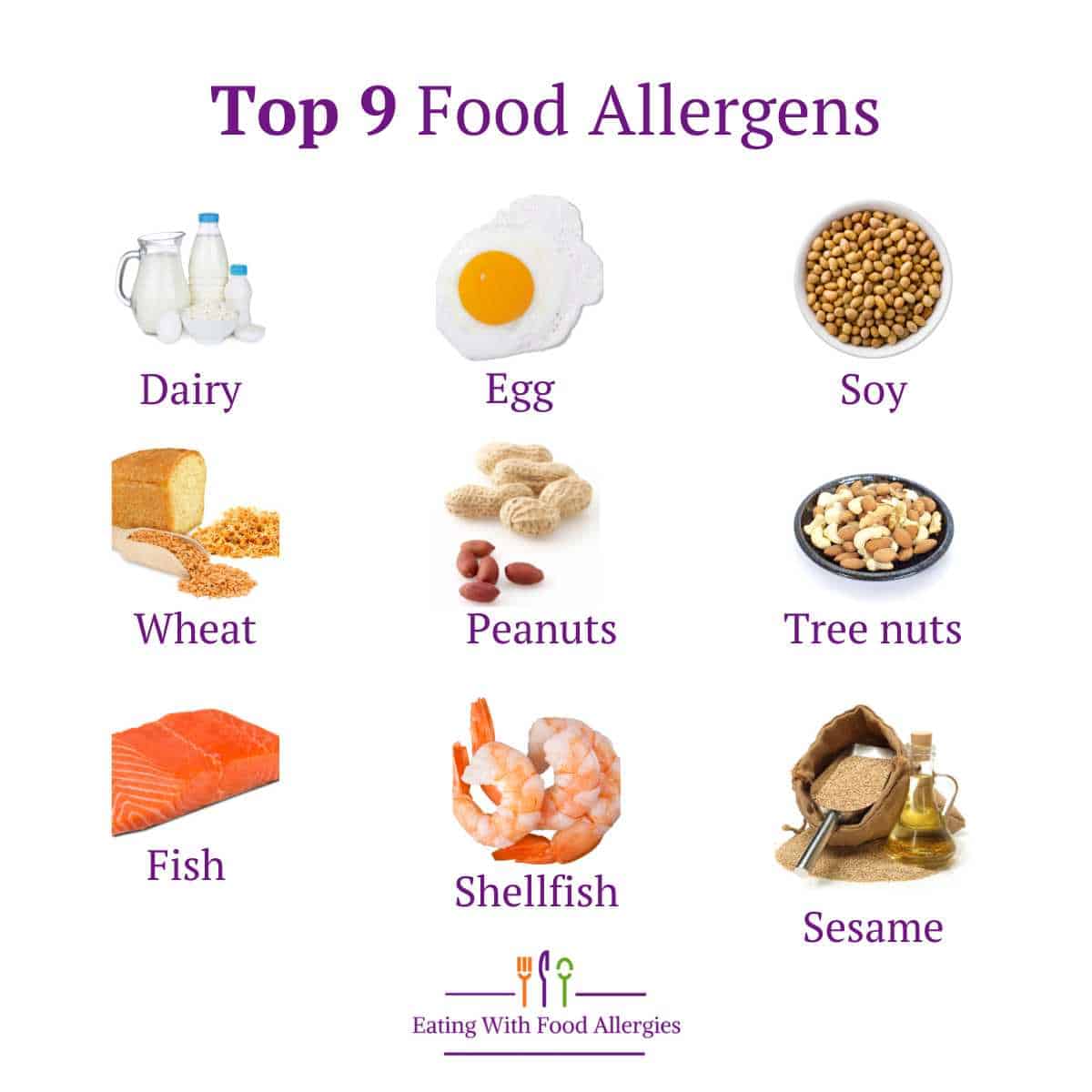
The terms “allergy free” and “allergy friendly” can be a bit of a bugaboo for people with a food allergy outside the most common allergens. And rightfully so! After all, there are no hypoallergenic foods - a person can be allergic to virtually any food.
Even so, calling foods free from the top 9 “allergy free” does ring true for the majority of people with food allergies.
It is important to know that the terms "allergy free" and "allergy friendly" are not regulated terms like the term gluten free. Gluten free foods must be tested to prove that they are gluten free. This is not the case for products marketed as "allergy free".
Always check ingredient lists yourself to be sure the food is free from your allergens!
My goal for this website has always been to provide recipes, substitutes, and products that are free of the top 8 major food allergies (and more recently the top 9 when sesame was added).
I often use the terms allergy free, allergy friendly, and “safe” to indicate they’re free of these allergens.
Substitutes for common allergens
Do you have a favorite recipe that is now off the menu because of food allergies?
It’s true, it can be difficult (some might say impossible) to make a frittata without real eggs. But the good news is, there is probably a way to make most of your favorite recipes without the allergen(s) you’re avoiding using alternative food products.
Having substitutes for your specific allergens allows you to get creative and make some new favorites.
I have put together a collection of substitute ideas for many of the most common allergens. Check them out below:
Allergy friendly recipes
Not comfortable experimenting in the kitchen? Lucky for you, I am! I created this website to share my cooking and baking successes. Check out my collection of allergy friendly recipes below.
Allergy friendly brands
While many companies make products that are free from the top 9 allergens and gluten free, my favorite brands are those that make allergy free products exclusively.
These brands are transparent about manufacturing practices and understand the challenges of living with food allergies. Often, the people behind the brand have lived with food allergies themselves.
This is a list of some of these allergy free food brands. I have researched each of these companies and have only included them if they are free from the top 9 allergens.
A few of the companies do make products with coconut which is considered a tree nut by the FDA but is not as common of an allergen as other tree nuts. That is noted in the listing.
Even though I have done my research, I encourage you to do the same. Read ingredient lists every time.
If you are dealing with a severe allergy where cross-contact is a concern, contact the company yourself to be sure you’re comfortable with the product you’re buying.
If you have a favorite that isn’t listed, please share them in the comments!
88 Acres
- Free from: The top 9 plus mustard, sulfites, and corn
- Products available: Dark chocolate, banana bread, and chocolate chip blondie protein bars. The company also makes seed bars, Seed’nola, and a variety of seed butters.
- Where to buy: Shop online or on Amazon.
Amanda’s Own Confections
- Free from: the top 9 plus mustard, sulfites, and lupin. Most products are also corn-free.
- Products available: A variety of chocolate bars with themed wrappers, chocolates in various shapes (Easter bunnies, hearts, Santa, etc), sunflower butter cups, cookie dough, chocolate spread, chocolate clusters, barks, and more.
- Where to buy: Shop online or on Amazon.
Better Bites
- Free from: the top 9 plus mustard and legumes
- Products available: cookie dough bites, cupcakes, and cake
- Where to buy: find a store, shop online, or on Amazon.
Blake’s Seed Based
- Free from: the top 9 allergens
- Products available: a variety of seed-based bars and sunflower seeds
- Where to buy: shop online or on Amazon
Cybelle’s Free to Eat
- Free from: the top 9 allergens
- Products available: A variety of cookies and pasta
- Where to buy: Shop online or on Amazon.
Daiya
- Free from: the top 8 allergens (contains coconut).
- Products available: a variety of cheese substitutes, pizzas and flatbreads, Cheezecake, Mac and Cheeze, dairy free dressings.
- Where to buy: Find a store or on Amazon.
Enjoy Life Foods
- Free from: the top 9 plus casein, lupin, mustard, sulfites, and mollusks.
- Products available: Baking chocolate (dark morsels, mini morsels, mega chunks, mini white morsels), chocolate bars (rice milk, rice milk crunch, dark chocolate, and mini bars). Also a variety of cookies, bars, protein bites, and other allergy free snacks.
- Where to buy: Find a store, shop online, or on Amazon.
Free2B
- Free from: the top 9 plus mustard
- Products available: Sun Cups (dark chocolate, chocolate, dark chocolate mint) and dark chocolate melts for baking.
- Where to buy: Find a store, shop online, or on Amazon.
FreeYumm
- Free from: the top 9 plus sulfites
- Products available: snack bars, cookies, crackers, and cracker bites
- Where to buy: Find a store, shop online, or shop on Amazon.
Gerbs
- Free from: The top 9 allergens plus legumes, mustard, and lupine.
- Products available: Dark chocolate chips (mini, traditional, and jumbo sizes), dark chocolate-covered nibs, dutch cocoa powder, natural cocoa powder, cacao nibs. They also carry a variety of seeds, dried fruit, and baking ingredients.
- Where to buy: Shop online or at the shop on Amazon.
Home Free
- Free from: the top 9 allergens
- Products available: a variety of cookies including individually packaged minis
- Where to buy: Find a store or shop on Amazon.
Hungry Harry's
- Free from: the top 9 allergens plus mollusks, mustard, lupin, celery, and sulfites.
- Products available: a variety of baking mixes
- Where to buy: Find a store or shop on Amazon.
Kate's Safe & Sweet
- Free from: The top 9 plus celery, mustard, sulfites, lupin, mollusks, and casein.
- Products available: all-purpose flour blend, baking mixes that do not require any major allergens to make them, frosting mixes, sprinkles, food coloring, and cake toppers.
- Where to buy: Shop online.
Made Good Foods
- Free from: the top 9 allergens
- Products available: a variety of granola bars and bites
- Where to buy: Find a store, shop online, or on Amazon.
No Whey Foods
- Free from: the top 9 allergens
- Products available: allergy friendly versions of popular candies like M&M’s, Twix, and Snickers. Also truffles, various chocolate bar varieties, morsels, chocolate-covered pretzels, and many seasonal items like chocolate bunnies for Easter and No No’s (M&Ms) candy cane tubes for Christmas.
- Where to buy: Shop online or on Amazon.
Partake Foods
- Free from: the top 9 allergens
- Products available: a variety of cookies and baking mixes
- Where to buy: Shop online or on Amazon
Pascha
- Free from: the top 9 allergens
- Products available: a variety of chocolates including chocolate bars, baking chips, baking chunks, and cocoa powder.
- Where to buy: Shop online or on Amazon.
Safe + Fair Food Company
- Free from: the top 9 allergens
- Products available: A variety of granola, popcorn, chips, and protein powder.
- Where to buy: Shop online or on Amazon.
Safely Delicious
- Free from: the top 9 allergens
- Products available: a variety of sweet and savory snack bites
- Where to buy: Shop online.
Sunbutter
- Free from: the top 8 allergens
- Products available: several varieties of sunflower butter
- Where to buy: shop online/find a store or on Amazon.
Superseedz
- Free from: the top 8 allergens
- Products available: A variety of pumpkin seeds
- Where to buy: shop online or on Amazon.
That’s It
- Free from: the top 9 allergens plus celery, mustard, and sulfites. (Contains coconut).
- Products available: fruit bars, energy bars, truffles, trail mix packs
- Where to buy: Shop online or on Amazon.
U-LUV Foods
- Free from: the top 8 allergens
- Products available: A variety of cookies
- Where to buy: Shop online.
VGood
- Free from: the top 9 allergens
- Products available: peaNOT butter chickpea spread in smooth, crunchy, and chocolate
- Where to buy: Shop on Amazon.
Wayfare
- Free from: the top 9 allergens, mustard. Products do contain refined coconut oil which is exempt from allergen labeling regulations.
- Products available: Plant-based butter, cheese, cream cheese, sour cream, yogurt, and pudding.
- Where to buy: Find a store here.
Yum Earth
- Free from: the top 9 allergens, artificial dyes
- Products available: A variety of candy and baking kits.
- Where to buy: Shop online or on Amazon.
Zego Foods
- Products available: Seed + Fruit Protein Bars, muesli, trail mix, fruit bars, oats, and protein powder.
- Free from: the top 9 allergens
- Where to buy: Shop at ZegoFoods.com or Amazon.
Subscribe
- Chocolate Chip Cookies (Gluten Free, Dairy Free, Egg Free) - February 17, 2024
- Dairy Free Mashed Potatoes {Stovetop OR Instant Pot} - December 16, 2023
- Are Candy Canes Vegan? - December 10, 2023

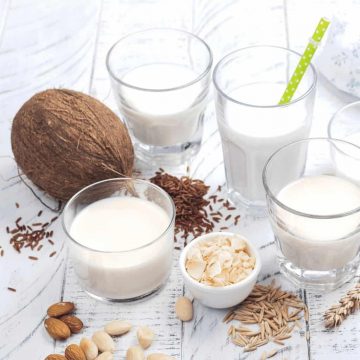
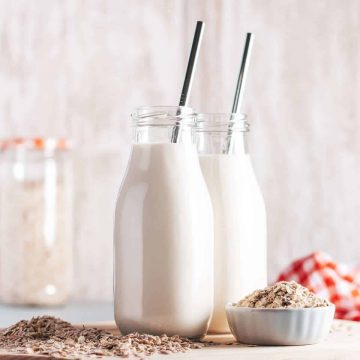
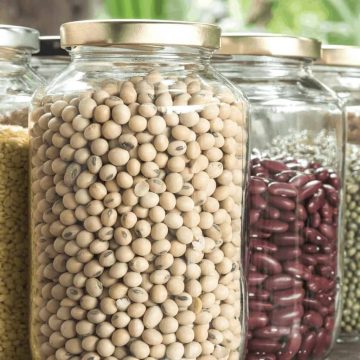

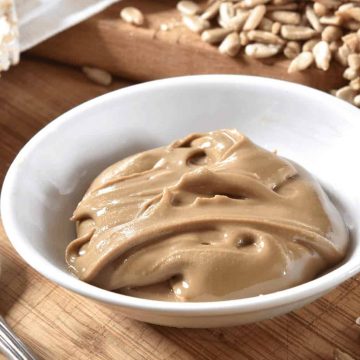
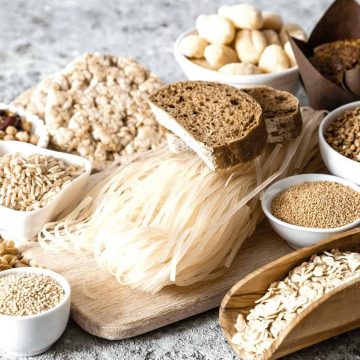
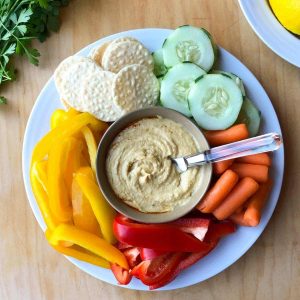



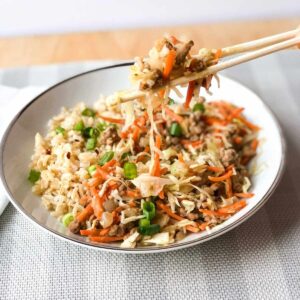
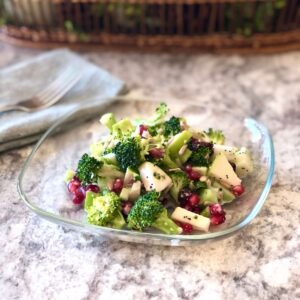
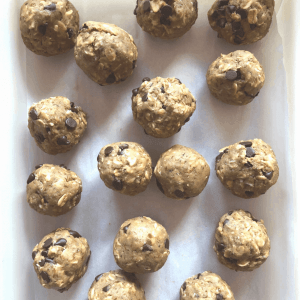
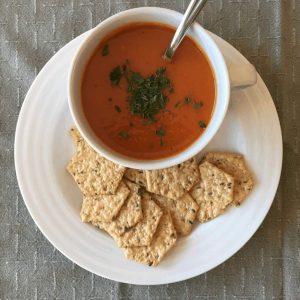
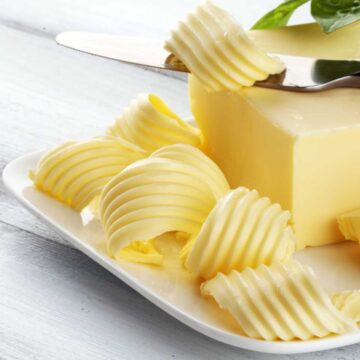
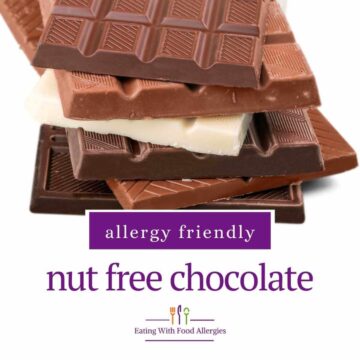
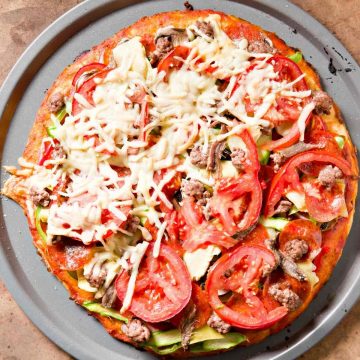
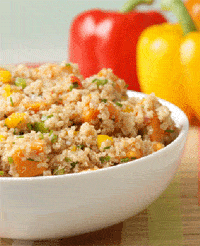
Comments
No Comments